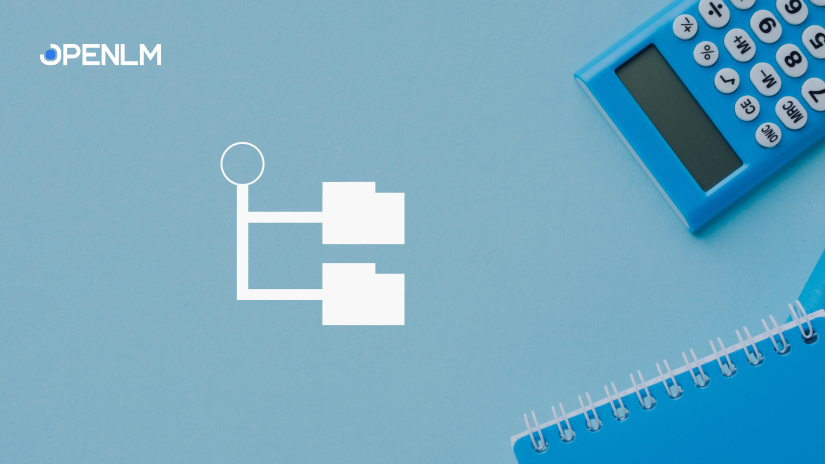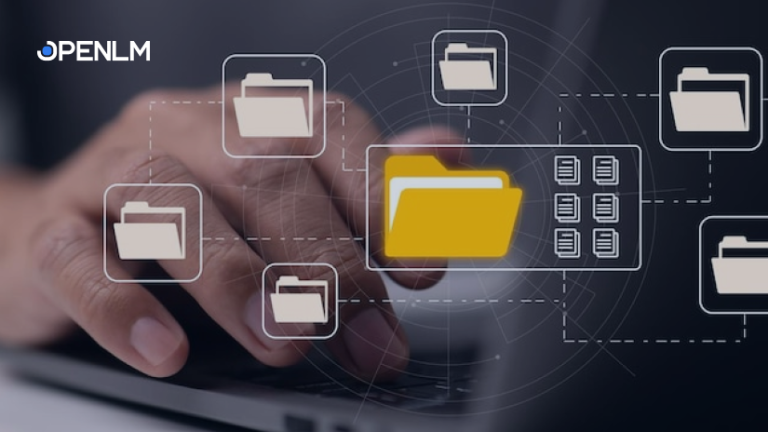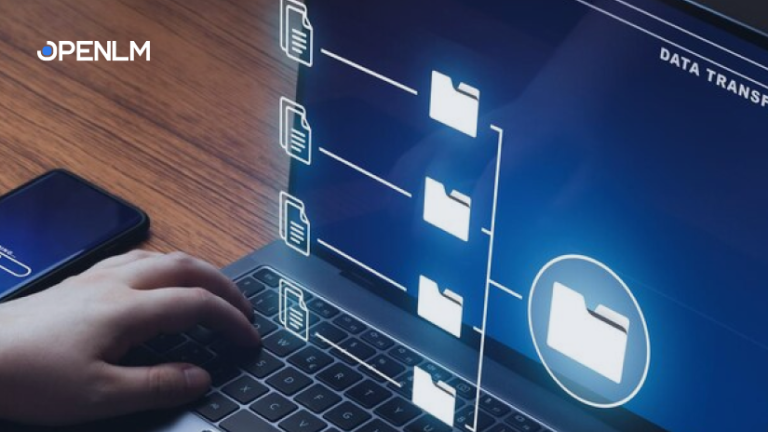Payroll management is a critical aspect of any organization, requiring accurate and efficient handling of employee data. To achieve seamless integration with existing employee directories, enterprises often turn to LDAP (Lightweight Directory Access Protocol) synchronization. In this article, we will explore the process of integrating LDAP synchronization in your payroll software and describe how LDAP Connector can save you valuable development time and resources compared to building your own LDAP sync middleware.
LDAP Synchronization in your Payroll Software
LDAP synchronization in payroll software involves the automatic and secure exchange of employee data between the payroll system and the central LDAP directory. This integration ensures that employee information remains up-to-date, including changes to job titles, contact details, and department affiliations. By implementing LDAP synchronization, HR managers and payroll administrators can streamline data management, improve accuracy, and reduce manual data entry efforts.
Challenges
If you’re considering integrating LDAP synchronization in your payroll software, you might consider your available options. First off, there is the possibility that if your payroll software vendor is popular enough, they might have an option for LDAP synchronization already.
This however is not always the case. Many apps still require 3rd party plugins and extensions to import users, so having a middleware solution that fetches the latest users from your organization’s directory is a must. Coding your own solution can also be problematic, for a number of reasons:
- Time-Consuming Development: Adding LDAP synchronization in your payroll software can take significant time and effort, diverting resources from other critical tasks.
- LDAP Protocol Complexity: Developing middleware involves understanding the intricacies of LDAP protocols, which can be daunting for developers not well-versed in LDAP operations.
- Security Risks: Ensuring robust security measures in your in-house LDAP sync implementation is a complex endeavor, leaving potential vulnerabilities if not implemented correctly.
- Synchronization complexity and stability: LDAP directories can become quite complex and may pose challenges for beginner development and QA teams. Edge cases can always introduce errors in critical systems.
Introducing LDAP Connector
Having dealt with all of these issues on over 1000+ corporate clients and networks, OpenLM has decided to offer its LDAP synchronization solution, LDAP Connector, as a stand-alone, zero-code solution for seamless LDAP synchronization in payroll software. By leveraging LDAP Connector, organizations can avoid the challenges of building custom middleware and while enjoying the many benefits:
- Simplified Integration: LDAP Connector abstracts the complexities of LDAP operations, providing an intuitive UI and integration that delivers a straightforward JSON file. This allows developers to quickly and effortlessly sync employee data without the need for extensive LDAP knowledge.
- Secure Authentication: LDAP Connector ensures secure authentication against the LDAP directory, safeguarding sensitive payroll information and protecting against unauthorized access.
- Customizable Synchronization Frequency: With LDAP Connector, payroll software can achieve frequent to immediate synchronization, ensuring that any changes made to employee records in the LDAP directory are immediately reflected in the payroll system.
- Time and Resource Savings: By utilizing LDAP Connector, enterprises save valuable development time and resources that would have been invested in building and maintaining custom middleware.
How to Integrate LDAP Connector in Your Payroll Software
Integrating LDAP Connector in your payroll software is a straightforward process. First, you will need to create an account on OpenLM Cloud and ask for a trial version of LDAP Connector.
Then you will install our Directory Synchronization Agent (DSA) on a machine that is near the directory server in your organization. DSA then will communicate with the DSS component in the OpenLM Cloud interface, which is where you configure the agent settings, the sync frequency, any custom rules, how you want the objects in the directory to be grouped, and so on.
Lastly, the LDAP Connector requires that you set a destination system for where the synced data will be stored. This can either be Amazon SQS or an Amazon S3 bucket. Once the synchronization is done, you will have a JSON file that you can easily import into your payroll software.
Conclusion
Integrating LDAP synchronization in your payroll software is crucial for efficient data management and payroll accuracy. While custom middleware might seem like an option, it comes with significant challenges and resource demands. Instead, LDAP Connector stands as the superior solution, offering a straightforward and secure way to sync employee data with LDAP directories. Try LDAP Connector today with our 6-month free trial.




